I completed by annual Breeding Bird Survey route this morning under sunny and somewhat cool conditions early on. The route runs from Belchertown south to the Connecticut line in Monson. I normally conduct the survey on a weekend to avoid traffic noise but for a variety of reasons I had to run the survey route this morning. The start time for the route is a very early 4:42am and I typically finish the 50 three minute stops a little after 9:00am. I had a total of 73 species (with 1210 individuals) this year including a very surprising flyby Sandhill Crane at my fourth stop in Belchertown. The top species seen this year consisted of the following with percentages of stops the species were present at:
Chipping Sparrow (70%)
Red eyed Vireo (64%)
Gray Catbird (60%)
Tufted Titmouse (58%)
Northern Cardinal (58%)
Black capped Chickadee (56%)
American Robin (56%)
American Crow (50%)
Ovenbird (50%)
Common Yellowthroat (40%)
American Goldfinch (40%)
Compared to previous years my total of 73 is fairly decent and slightly above last year with the species make up fairly typical. The last several years of species totals are listed below:
2010- 71
2011- 64
2012- 56
2013- 67
2014- 70
2015- 75
2016- 78
The damage being wrought by Gypsy Moth caterpillars this year is even worse than last year with large areas nearly devoid of leaves and looking more like late fall/winter instead of summer. At least the cuckoos seem to be having another good year with at least one cuckoo present at ten different stops with a total of five Yellow billed Cuckoos and nine Black billed Cuckoos tallied.
While I was on my way back home after the survey I took a detour to the east over to Brookfield to follow up on a report of a Yellow throated Warbler seen and heard at Quaboag WMA. I don't normally venture out east but I figured I would give it a try for the warbler. No luck for me late morning but it could still be in the area. I guess I will just have to wait until another day to add that warbler to my state list.
Thursday, June 22, 2017
Wednesday, June 14, 2017
Two Eastern Whip Poor Will surveys completed
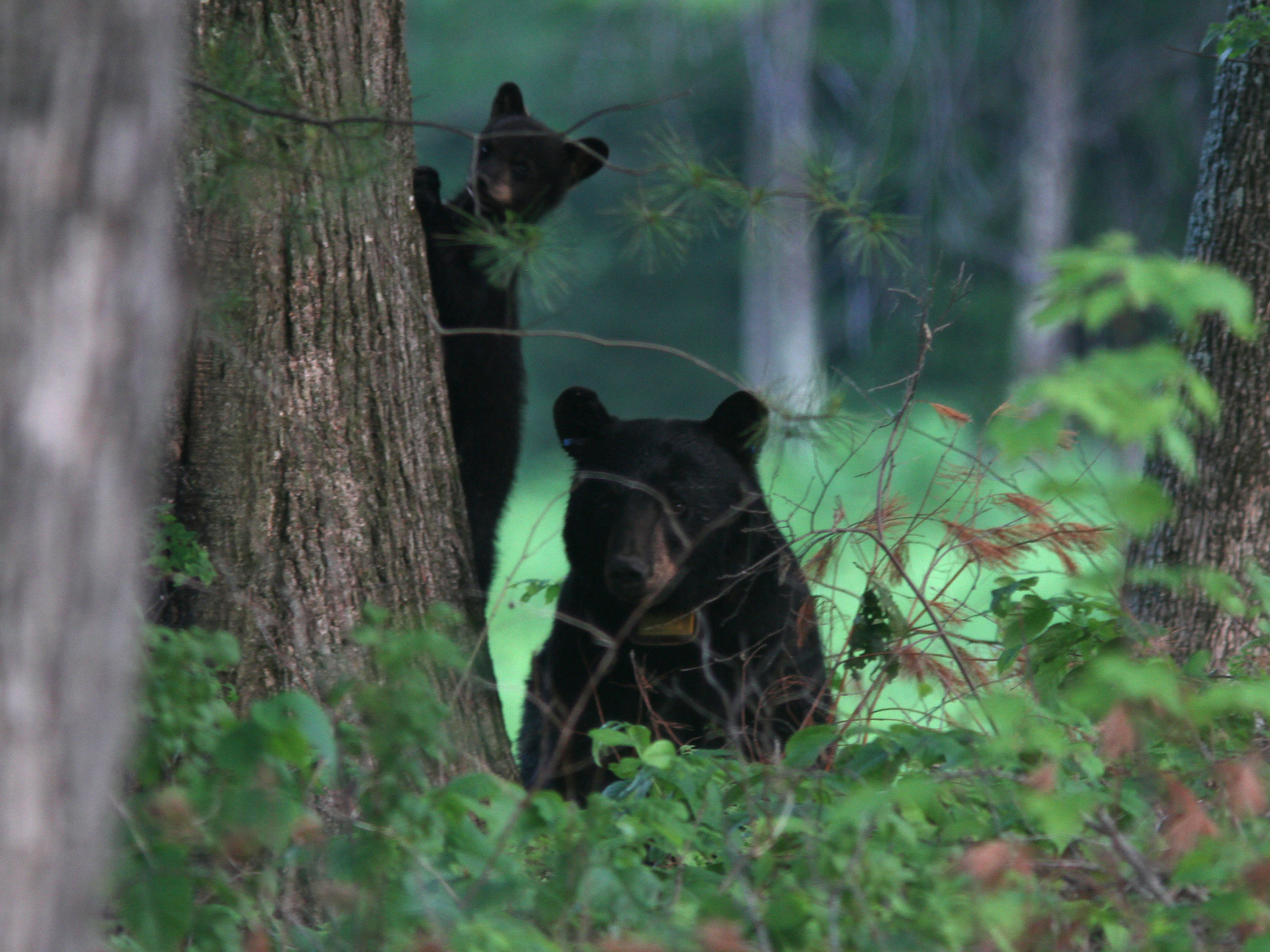 |
| Black Bears, Prescott Peninsula, New Salem, MA, Jun 12, 2017 |
 |
| Black Bears, Prescott Peninsula, New Salem, MA, Jun 12, 2017 |
2012- 9 total individuals with 7 at survey stops
2013- 9 total individuals, all at survey stops
2014- 7 total individuals, all at survey stops
2015- 10 total individuals with 7 at survey stops
2016- 10 total individuals with 7 at survey stops
Besides the Eastern Whip Poor Wills we had a number of other notable sightings including calling Barred Owl, Northern Saw Whet Owl and Common Loon at stop #7 just before 10PM. Mammal highlights included a family group of Black Bears with a radio collared mother bear and three cubs, a single Moose and a few White tailed Deer plus a very vocal Red Squirrel scolding at something after it was dark.
I completed my other whip poor will survey at Quabbin Park and points south last Thursday night. This survey also produced a record setting total for the route with 19 total whips heard with 15 of those at established survey stops. Totals for the now five year old route are listed below:
2013- 6 total individuals with 5 at survey stops
2014- 14 total individuals, all at survey stops
2015- 13 total individuals with 11 at survey stops
2016- 6 total individuals, all at survey stops
2017- 19 total individuals with 15 at survey stops
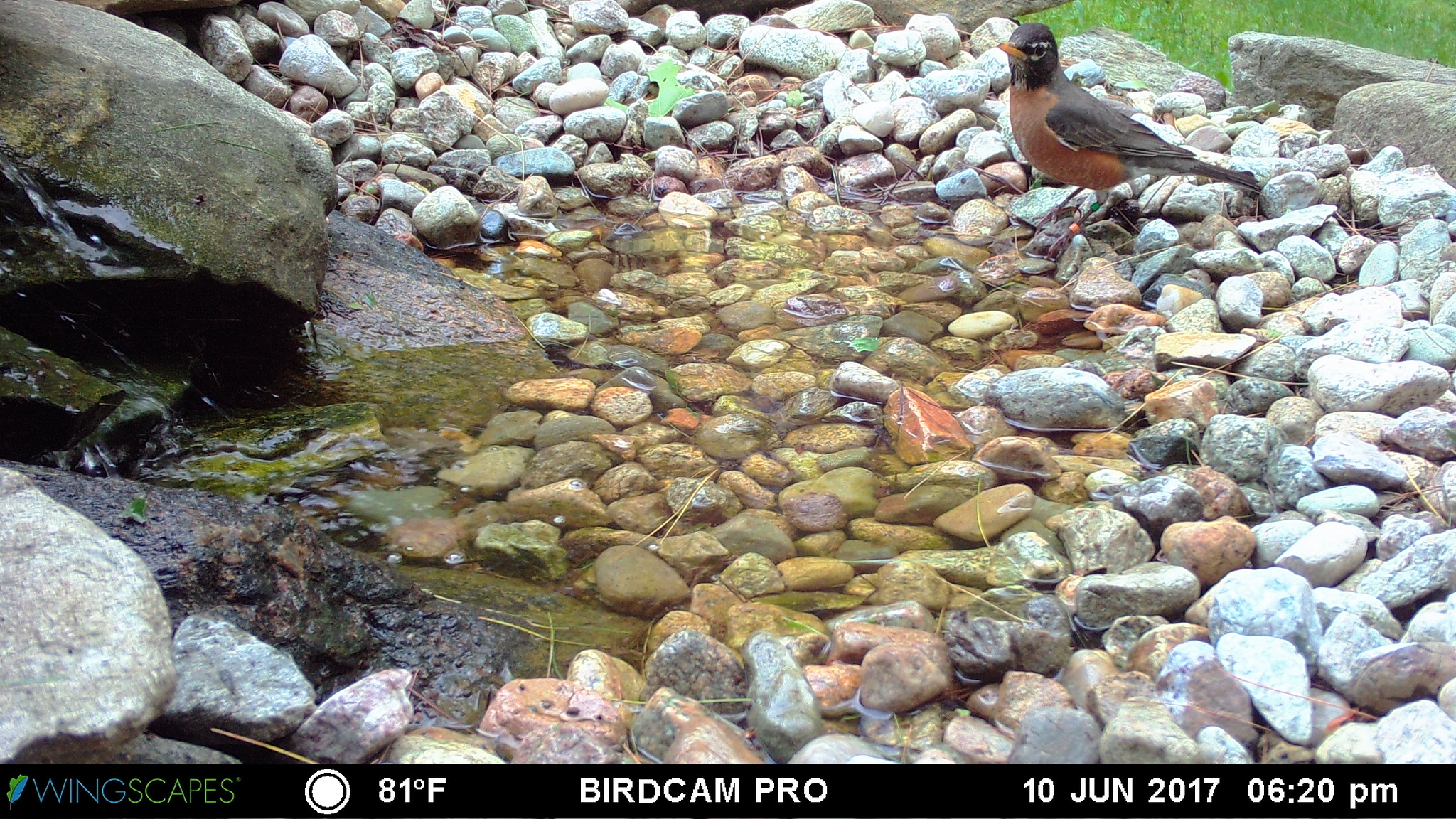 |
| American Robin with leg bands, Home, Belchertown, MA, Jun 10, 2017 |
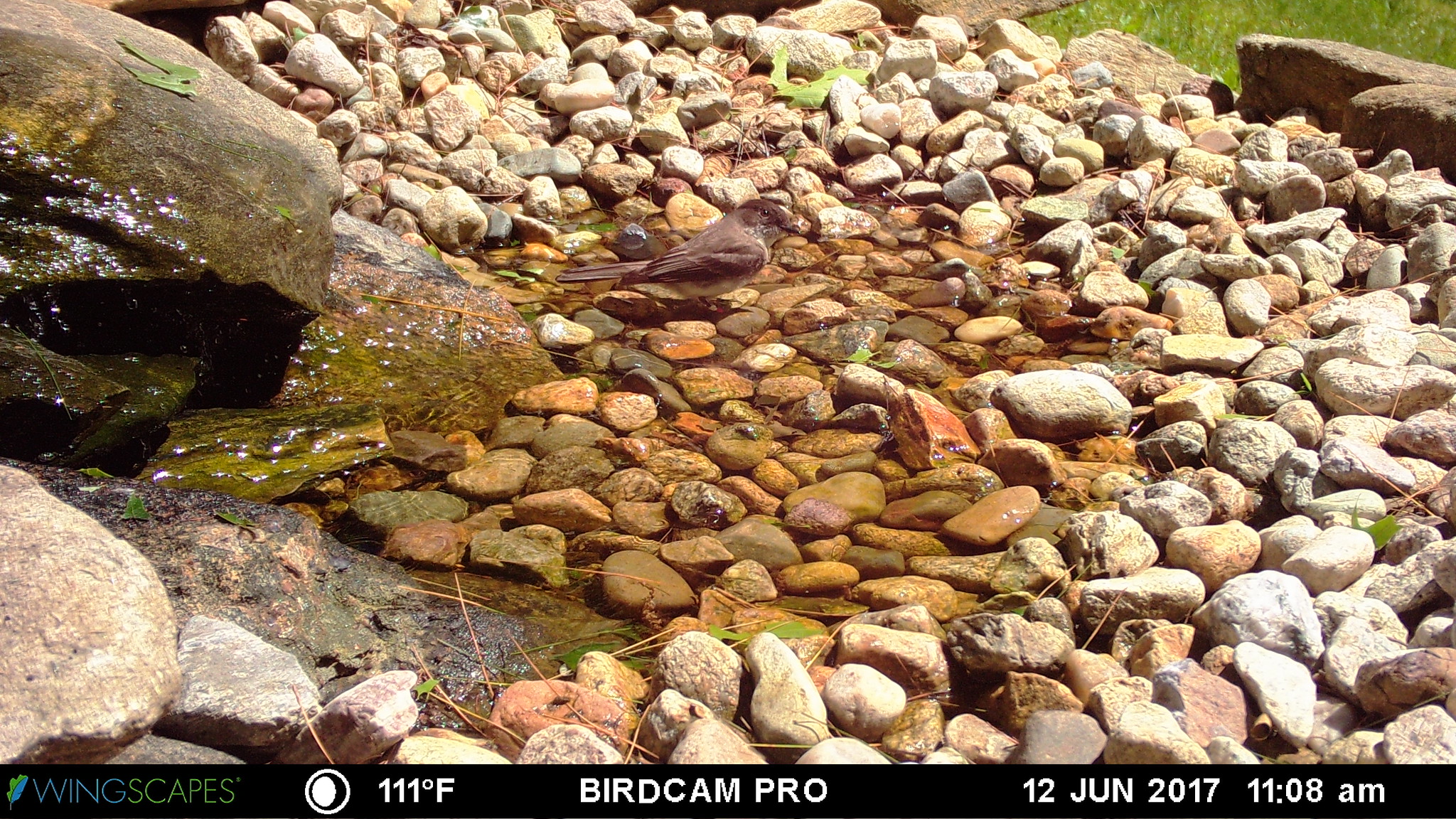 |
| Eastern Phoebe with leg bands, Home, Belchertown, MA, Jun 12, 2017 |
 |
| American Robin fledgling, Home, Belchertown, MA, Jun 11, 2017 |
 |
| Opossum, Home, Belchertown, MA, Jun 12, 2017 |
Monday, June 12, 2017
Fruitful search for Hooded Warbler and yet another Mourning Warbler
 |
| Hooded Warbler, Mount Tom State Reservation, Easthampton, MA, June 12, 2017 |
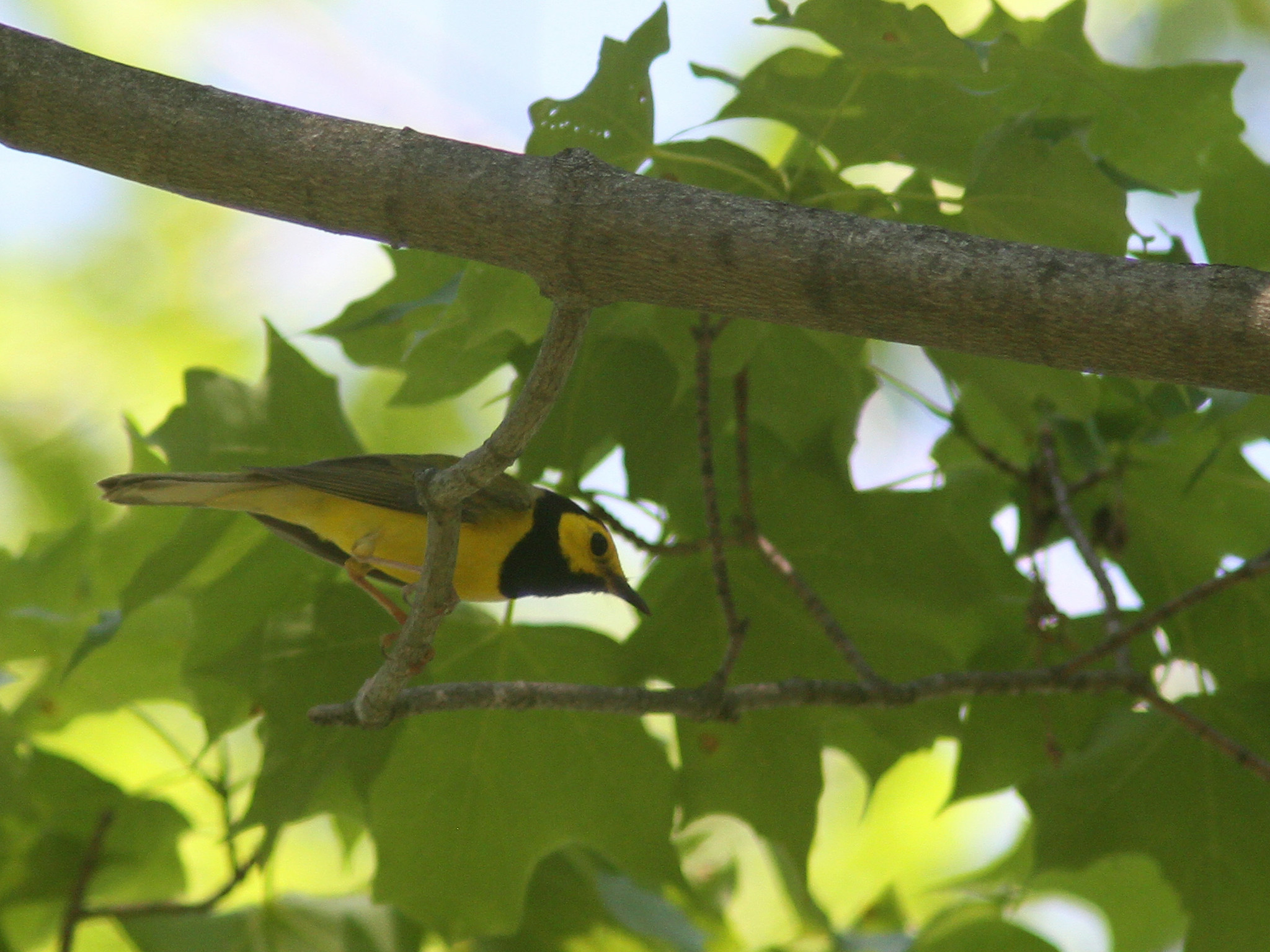 |
| Hooded Warbler, Mount Tom State Reservation, Easthampton, MA, June 12, 2017 |
 |
| Hooded Warbler, Mount Tom State Reservation, Easthampton, MA, June 12, 2017 |
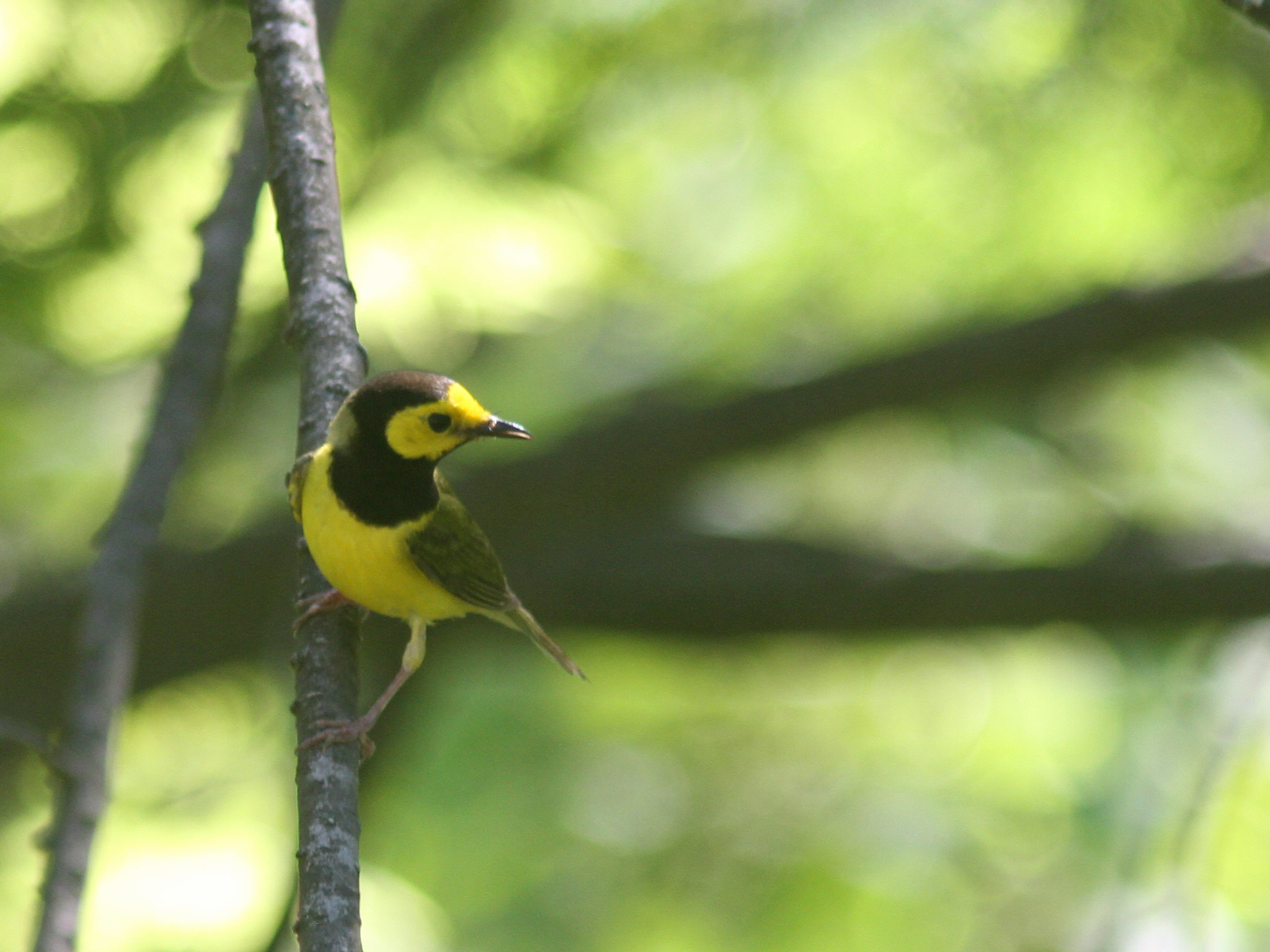 |
| Hooded Warbler, Mount Tom State Reservation, Easthampton, MA, June 12, 2017 |
 |
| Mourning Warbler, Quabbin Park, MA, June 8, 2017 |
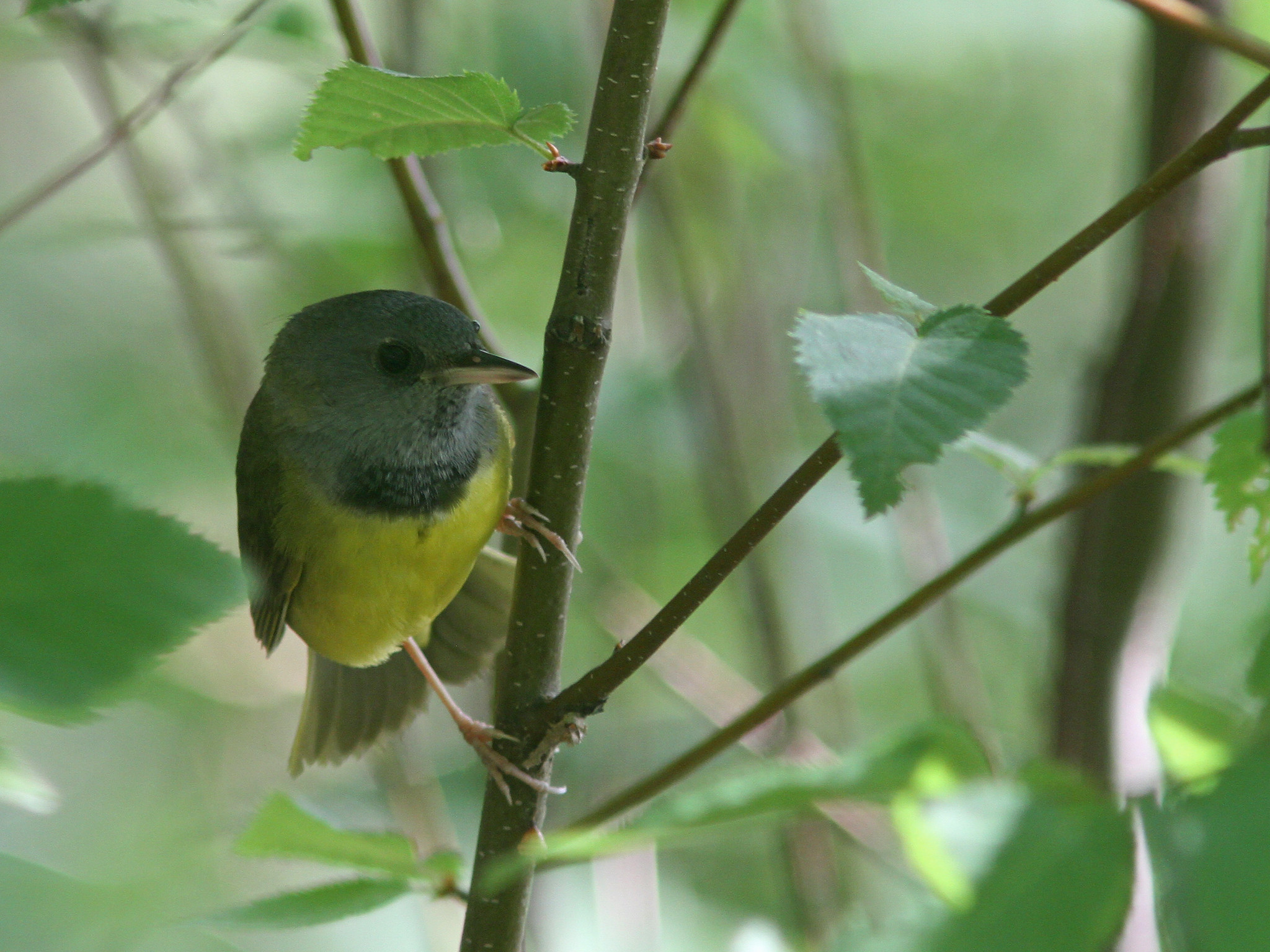 |
| Mourning Warbler, Quabbin Park, MA, June 8, 2017 |
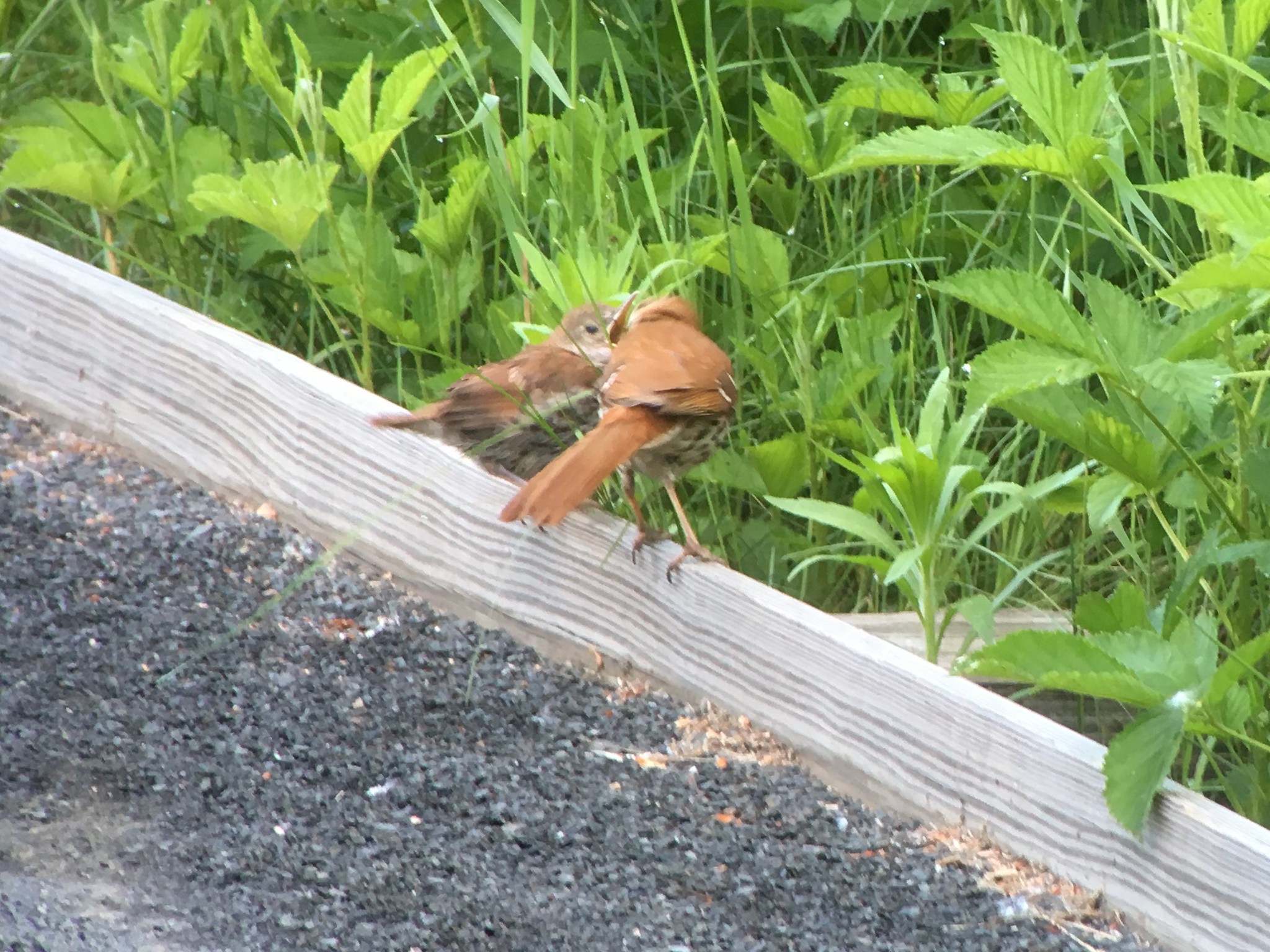 |
| Brown Thrashers (adult feeding fledgling), Silvio Conte NWR-Fort River, Hadley, MA, June 9, 2017 |
Wednesday, June 7, 2017
Fruitless search for Hooded Warblers
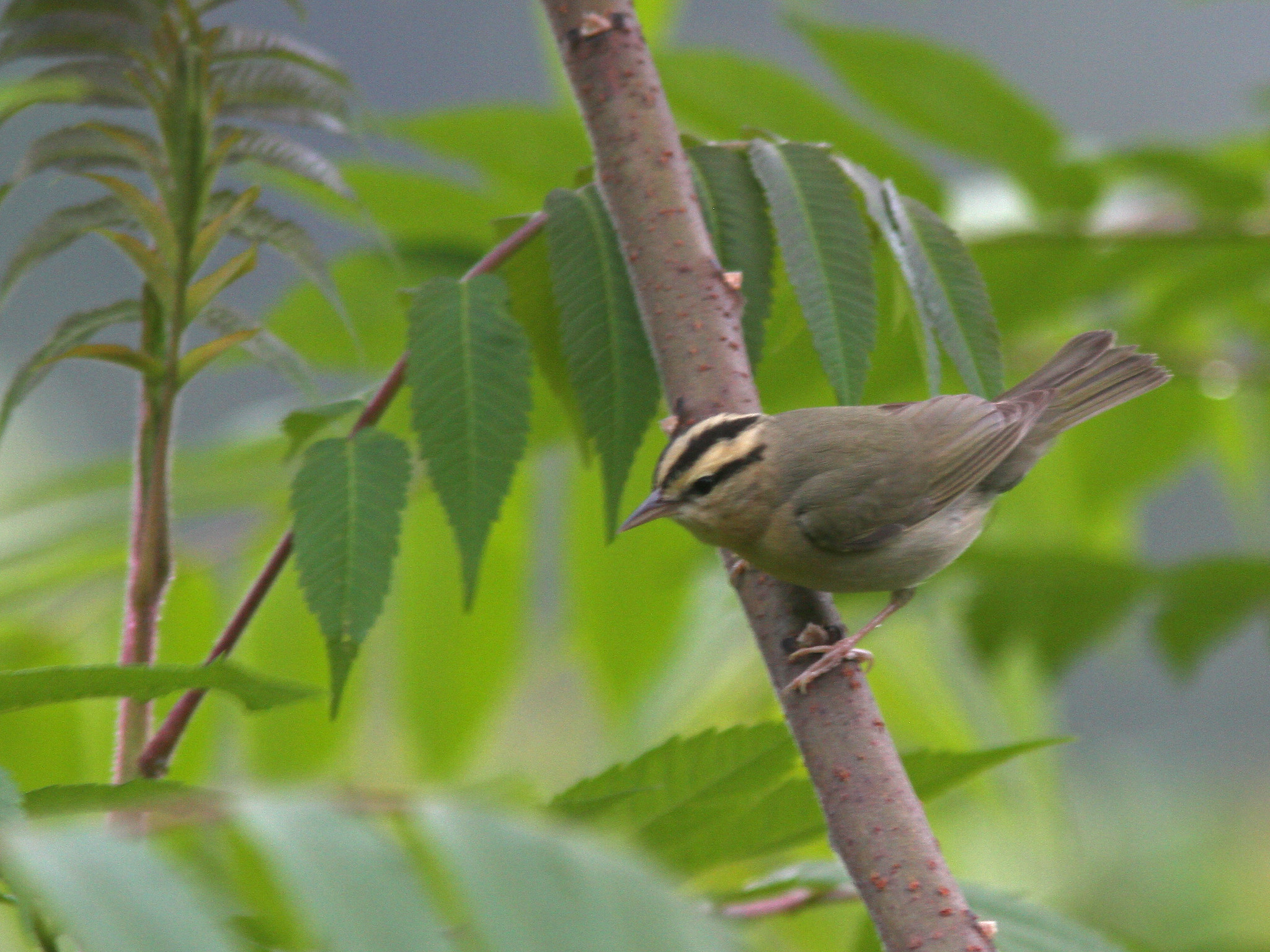 |
| Worm eating Warbler, Mount Tom State Reservation, Easthampton, MA, June 7, 2017 |
 |
| Worm eating Warbler, Mount Tom State Reservation, Easthampton, MA, June 7, 2017 |
 |
| View of damage from microburst, Mount Tom State Reservation, Easthampton, MA, June 7, 2017 |
 |
| View of damage from microburst, Mount Tom State Reservation, Easthampton, MA, June 7, 2017 |
 |
| View of damage from microburst, Mount Tom State Reservation, Easthampton, MA, June 7, 2017 |
With better weather forecast for today I headed back to Mount Tom to try again for the Hooded Warbler. I arrived to find the skies still cloudy with a breeze out of the north making it a bit on the cool side (but still better than yesterday!). I walked over a mile up the entrance road but had no luck locating the bird but by this point the trail was getting a bit cold so I was not too surprised. The area looks like a great spot for a Hooded Warbler to hang out in so it may indeed still be around. I found even more Worm eating Warblers today with a least five around including one carrying food upslope to an unseen nest or fledgling. Seeing I was already fairly far west I decided to take the opportunity to try for the Hooded Warbler(s) at Mount Tekoa on the Montgomery/Westfield line. Despite covering the area there was one reported in I had no luck finding one today. Perhaps the bird(s) have moved elsewhere this year. I then headed back east and north back into Hampshire County where I made a brief visit to the top of the mountain at Skinner SP where I had a single Cerulean Warbler singing quite far downslope from the parking lot plus at least two Worm eating Warblers.
Monday, June 5, 2017
Neighborhood Nestwatch banding
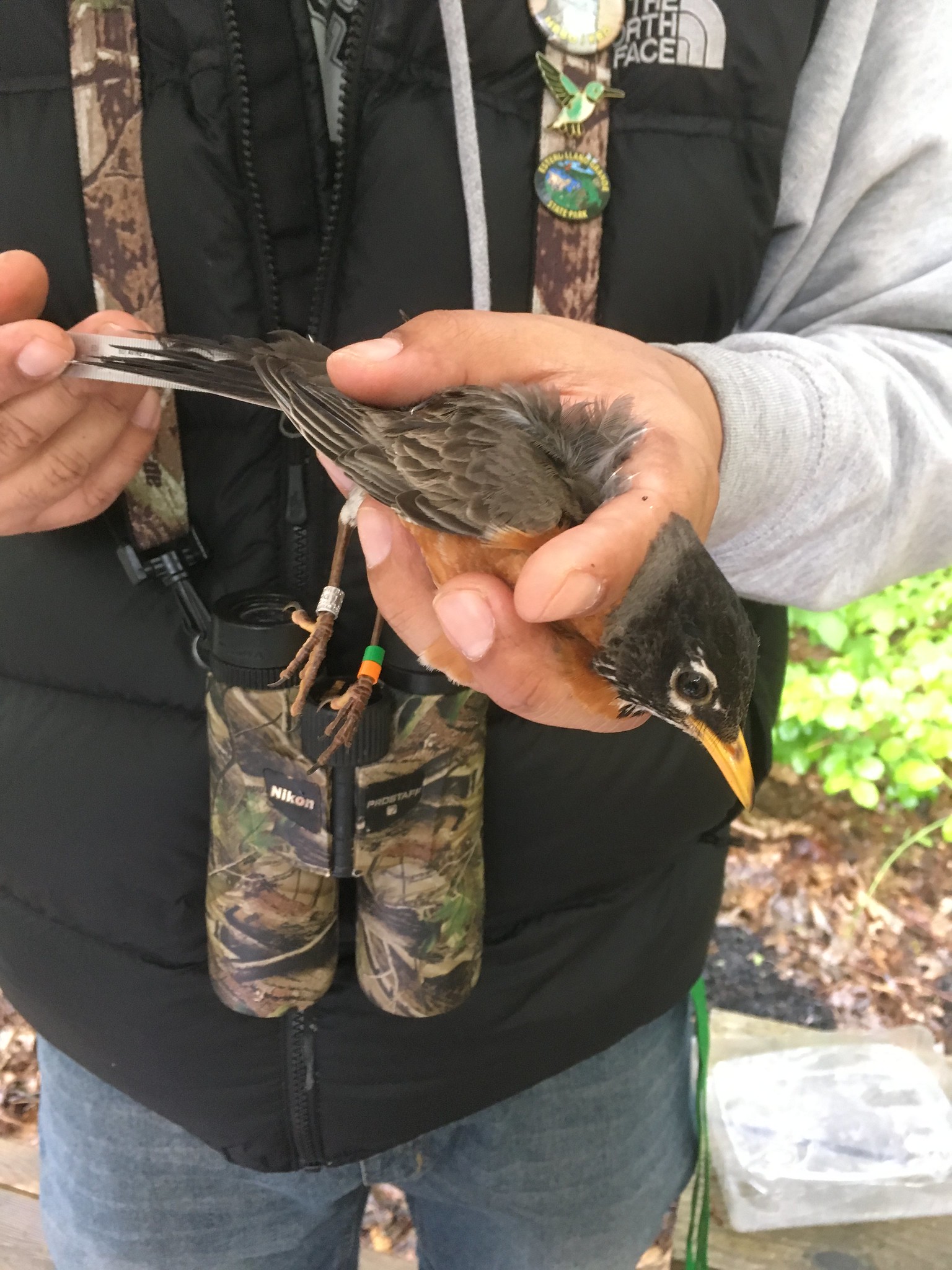 |
| American Robin with leg bands, Home, Belchertown, MA, June 5, 2017 |
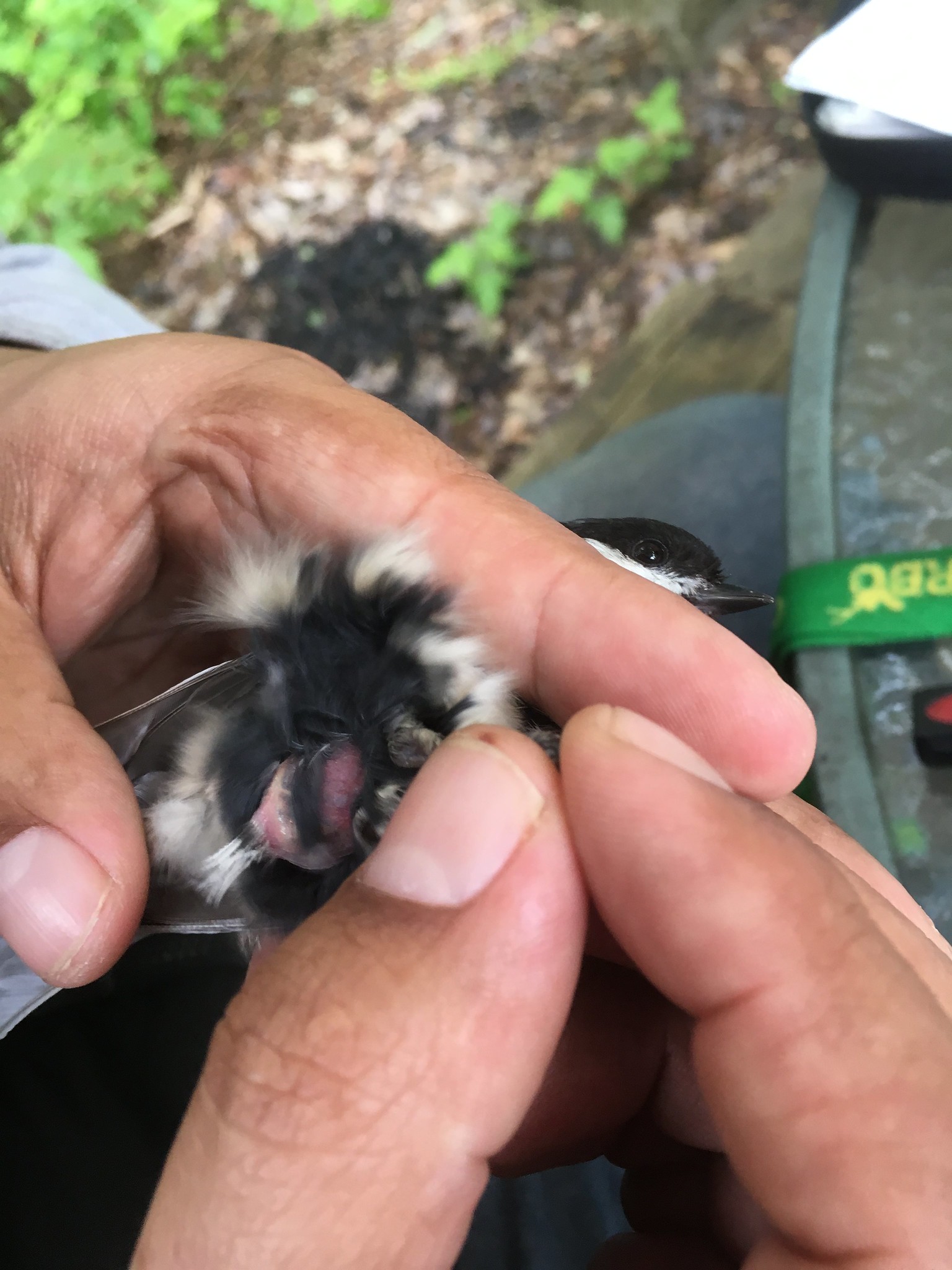 |
| Black capped Chickadee with egg, Home, Belchertown, MA, June 5, 2017 |
 |
| Black capped Chickadee in net, Home, Belchertown, MA, June 5, 2017 |
 |
| Gray Catbird with leg bands, Home, Belchertown, MA, June 5, 2017 |
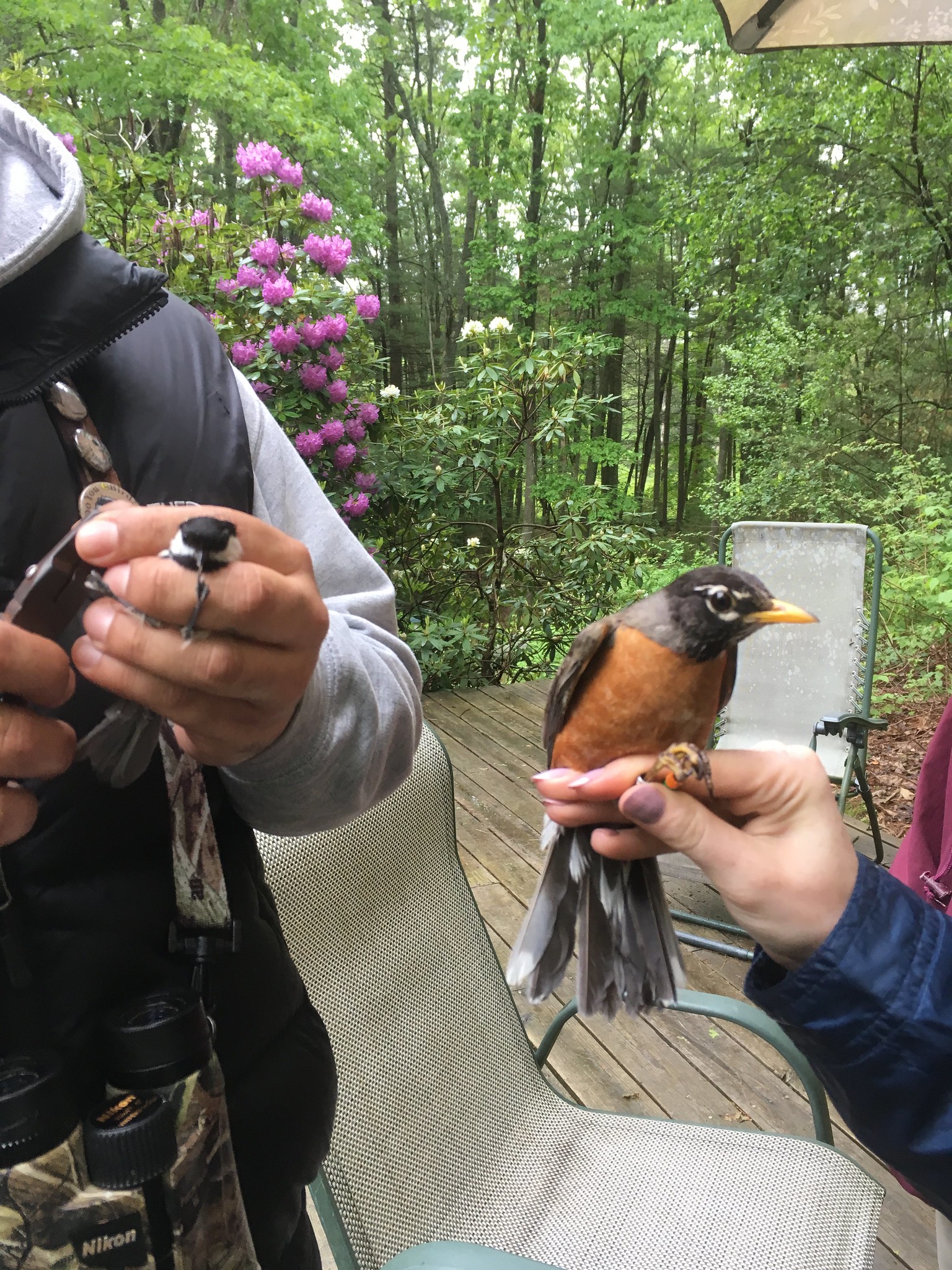 |
| Black capped Chickadee and American Robin, Home, Belchertown, MA, June 5, 2017 |
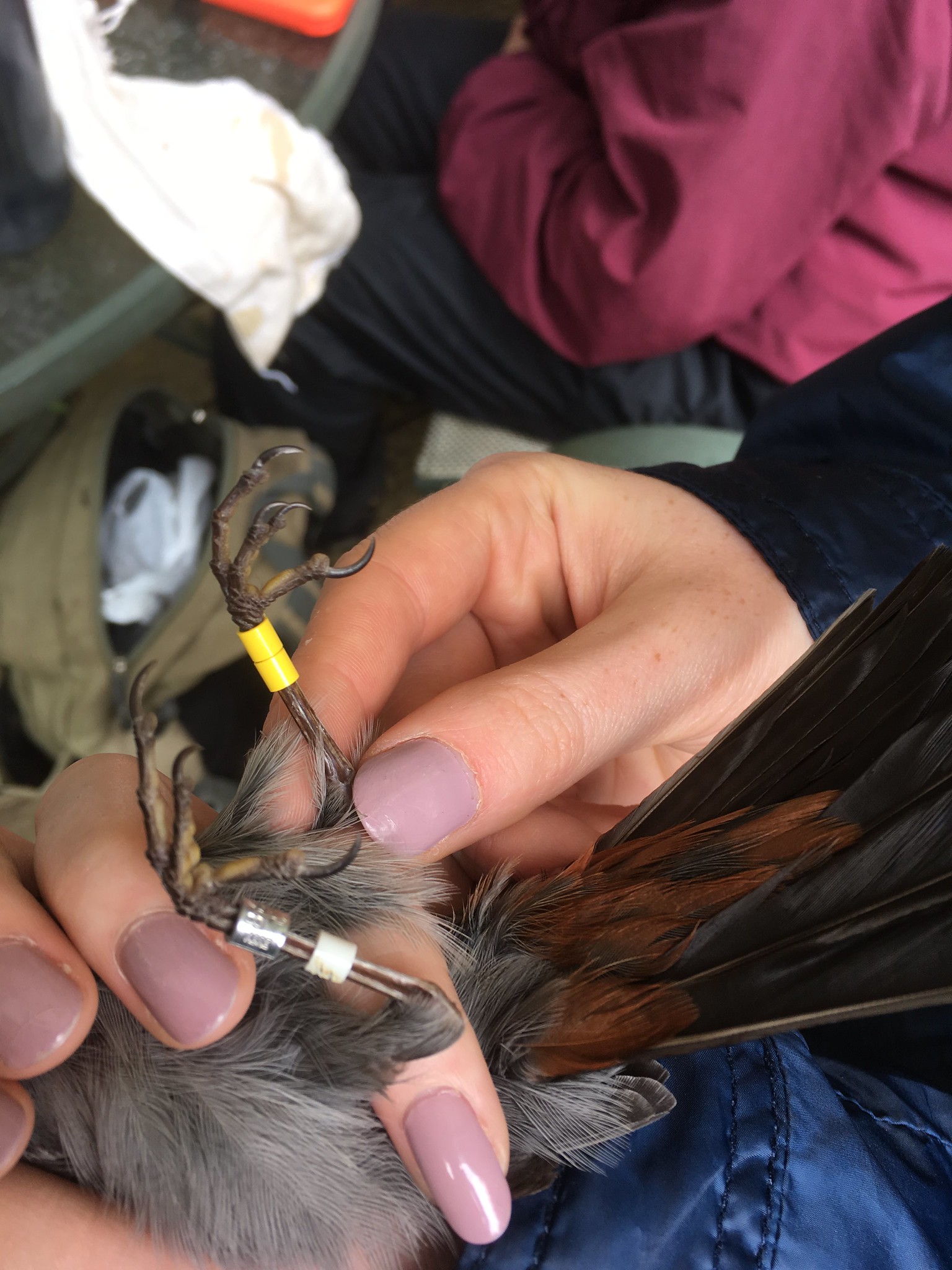 |
| Gray Catbird with leg bands, Home, Belchertown, MA, June 5, 2017 |
 |
| Eastern Phoebe nestlings, Home, Belchertown, MA, June 5, 2017 |
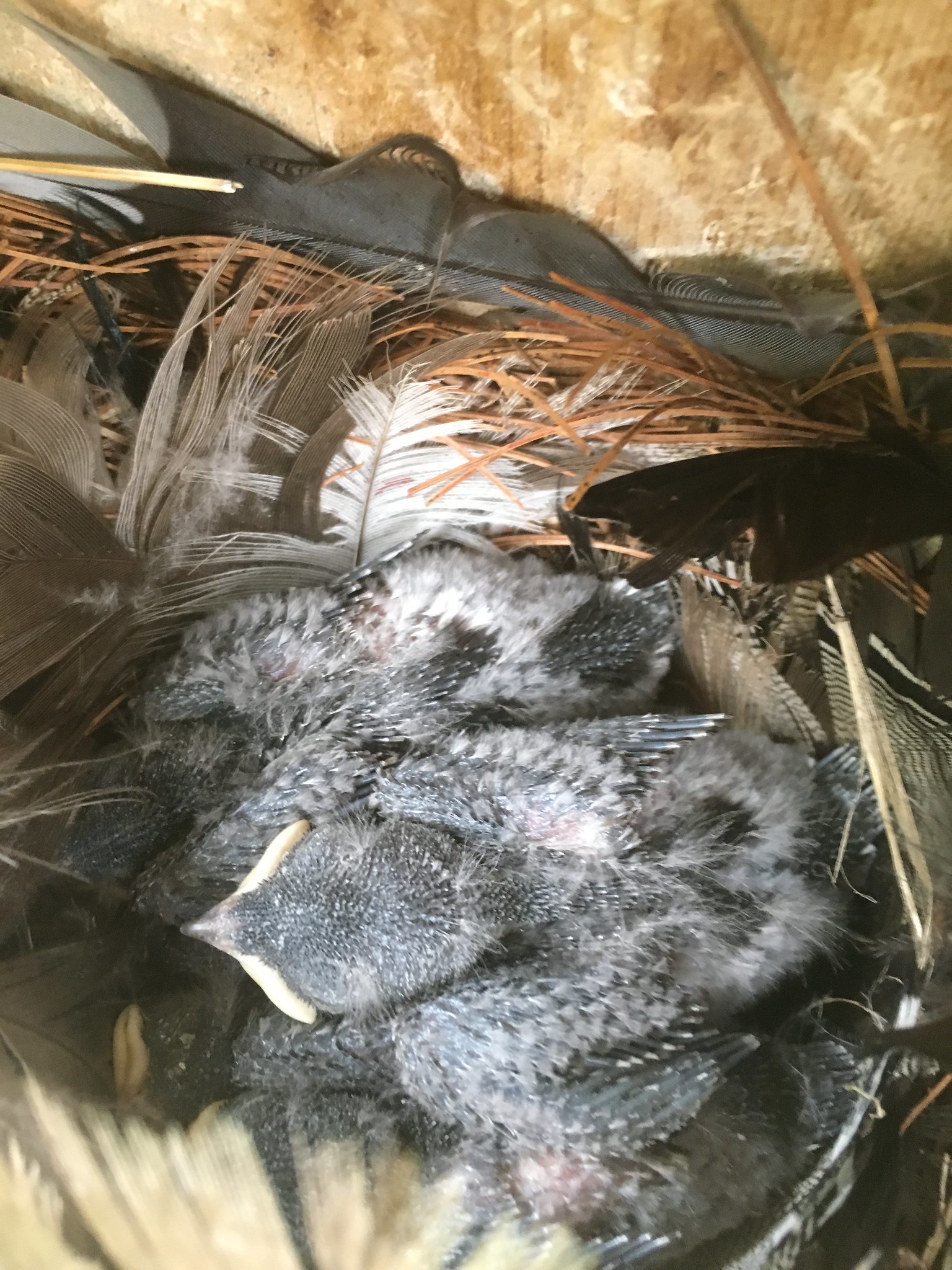 |
| Tree Swallow nestlings, Home, Belchertown, MA, June 5, 2017 |
 |
| American Robin nestlings, Home, Belchertown, MA, June 5, 2017 |
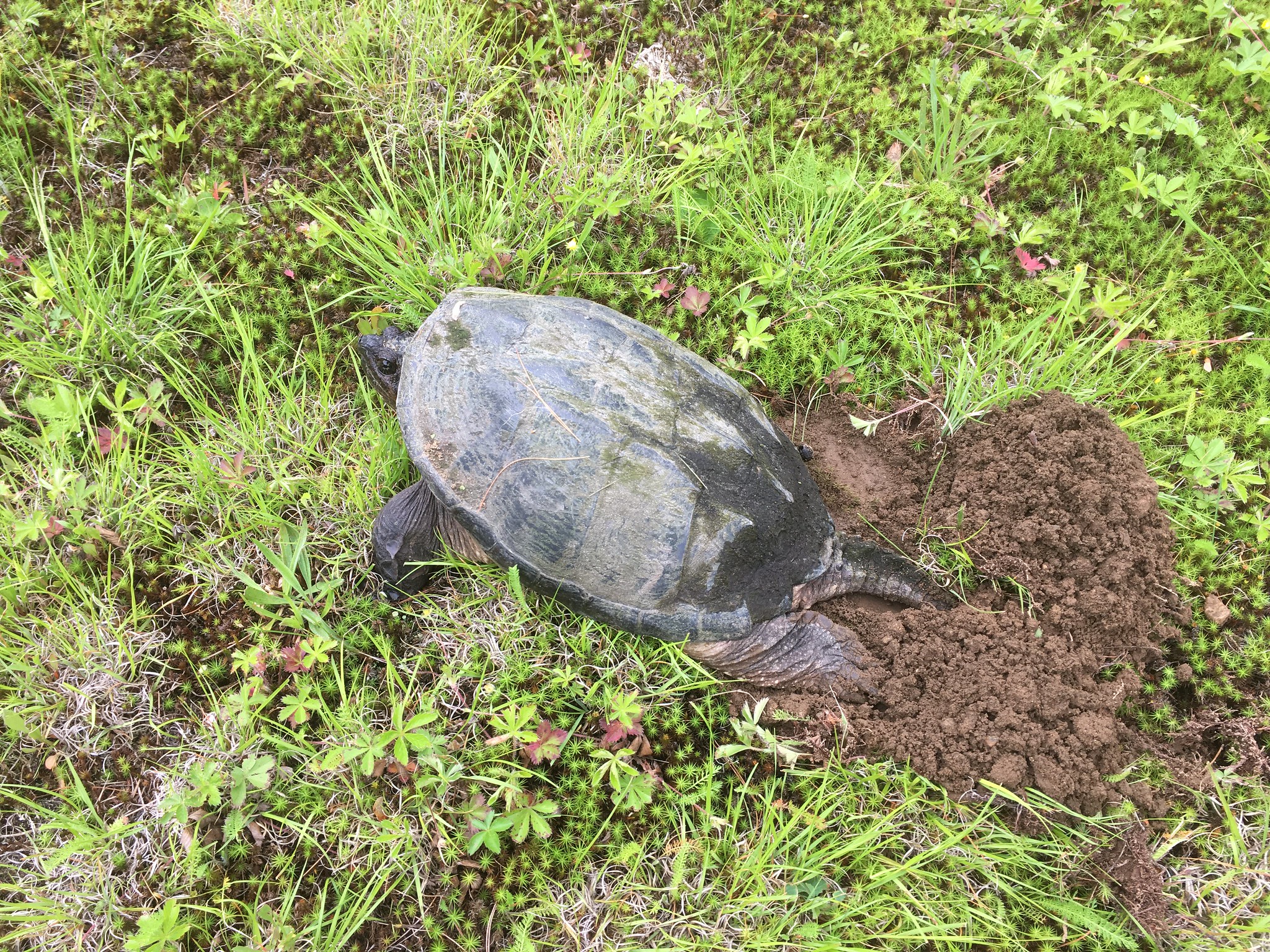 |
| Snapping Turtle laying eggs, Home, Belchertown, June 5, 2017 |
Full album on my Flickr page (link below).
https://www.flickr.com/…/54277284@…/albums/72157681661367934
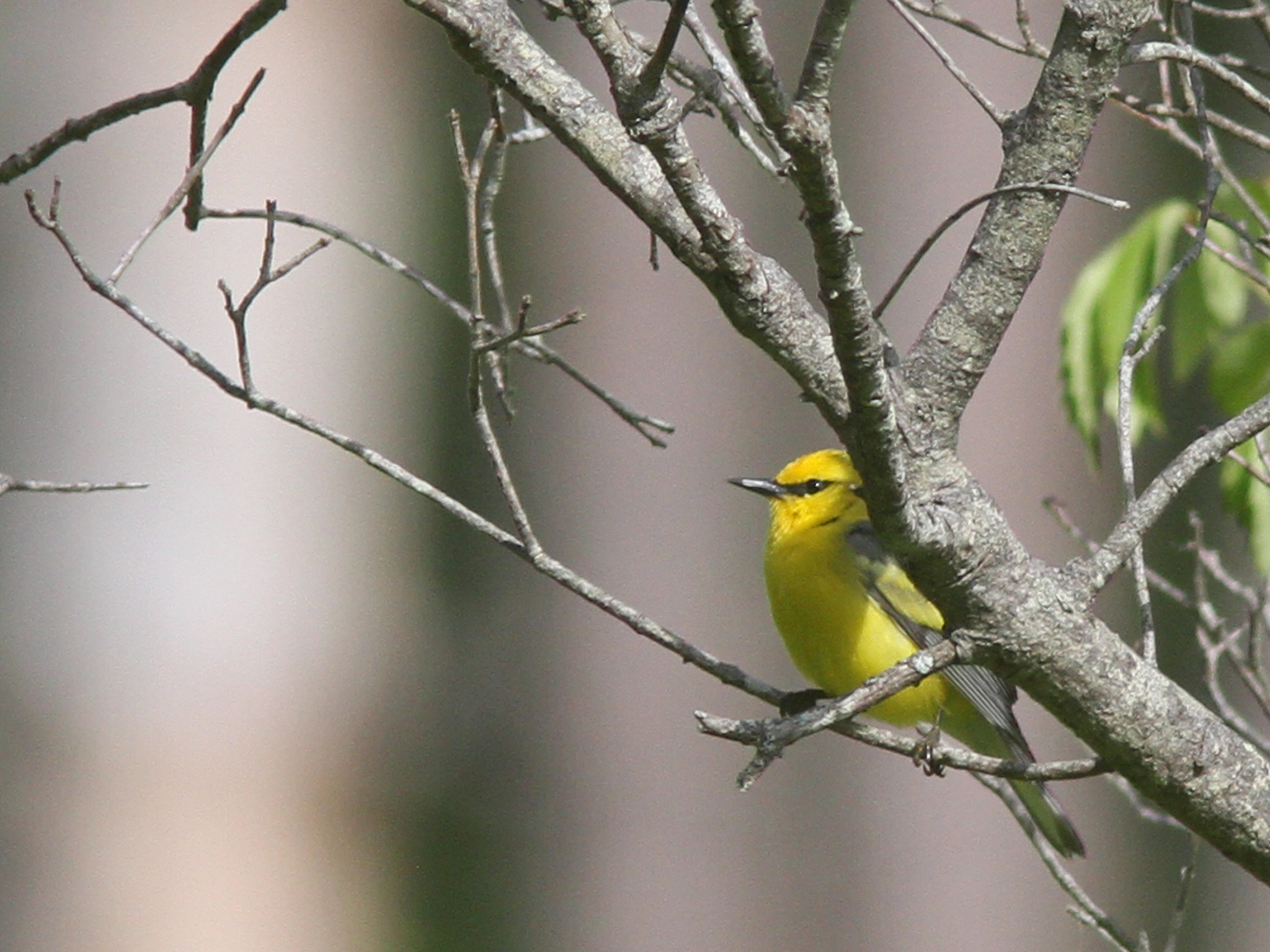 |
| Blue winged x Golden winged Warbler hybrid, Quabbin Park, MA, June 4, 2017 |
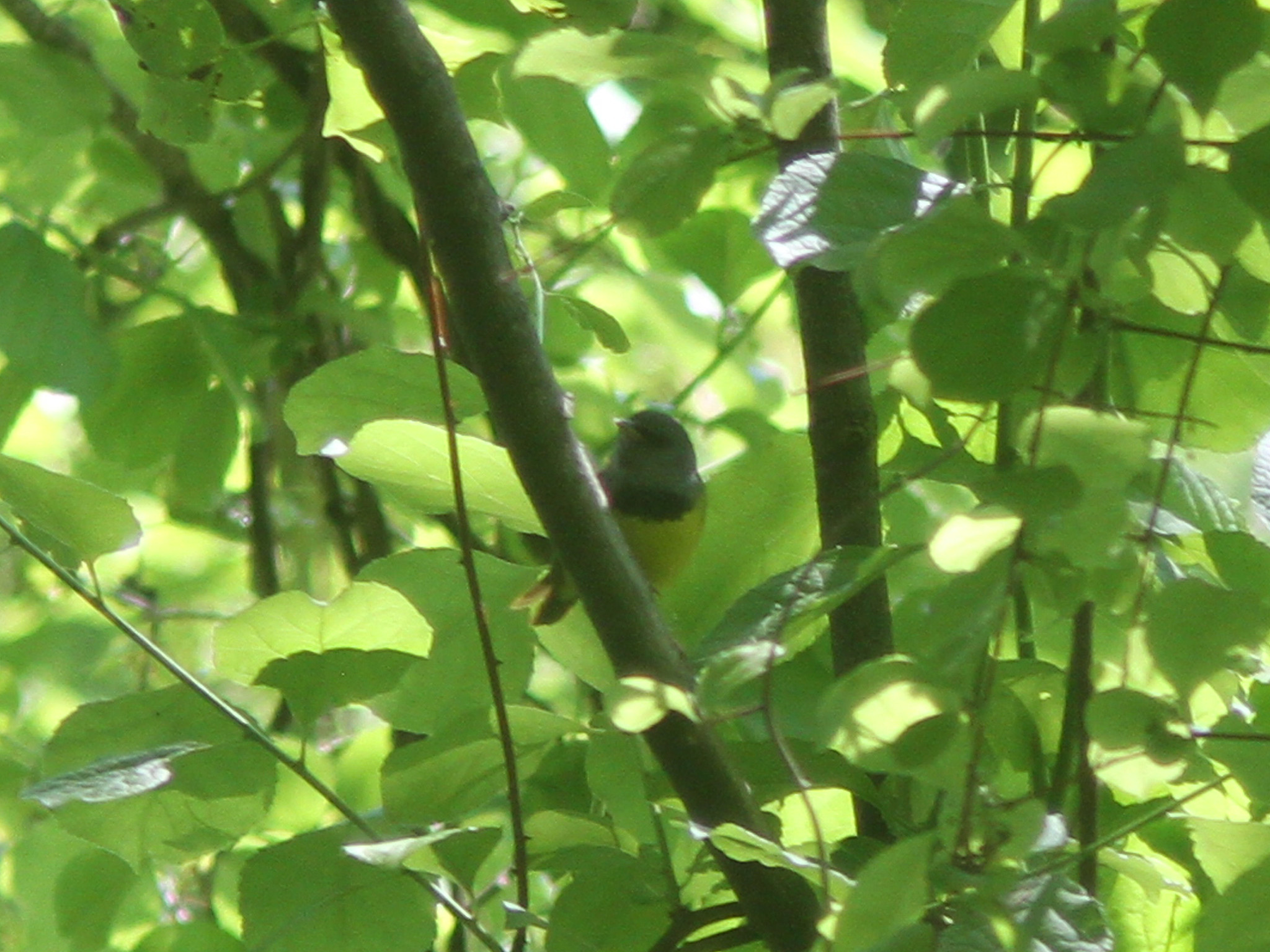 |
| Mourning Warbler, Quabbin Park, MA, June 2, 2017 |
Subscribe to:
Posts (Atom)